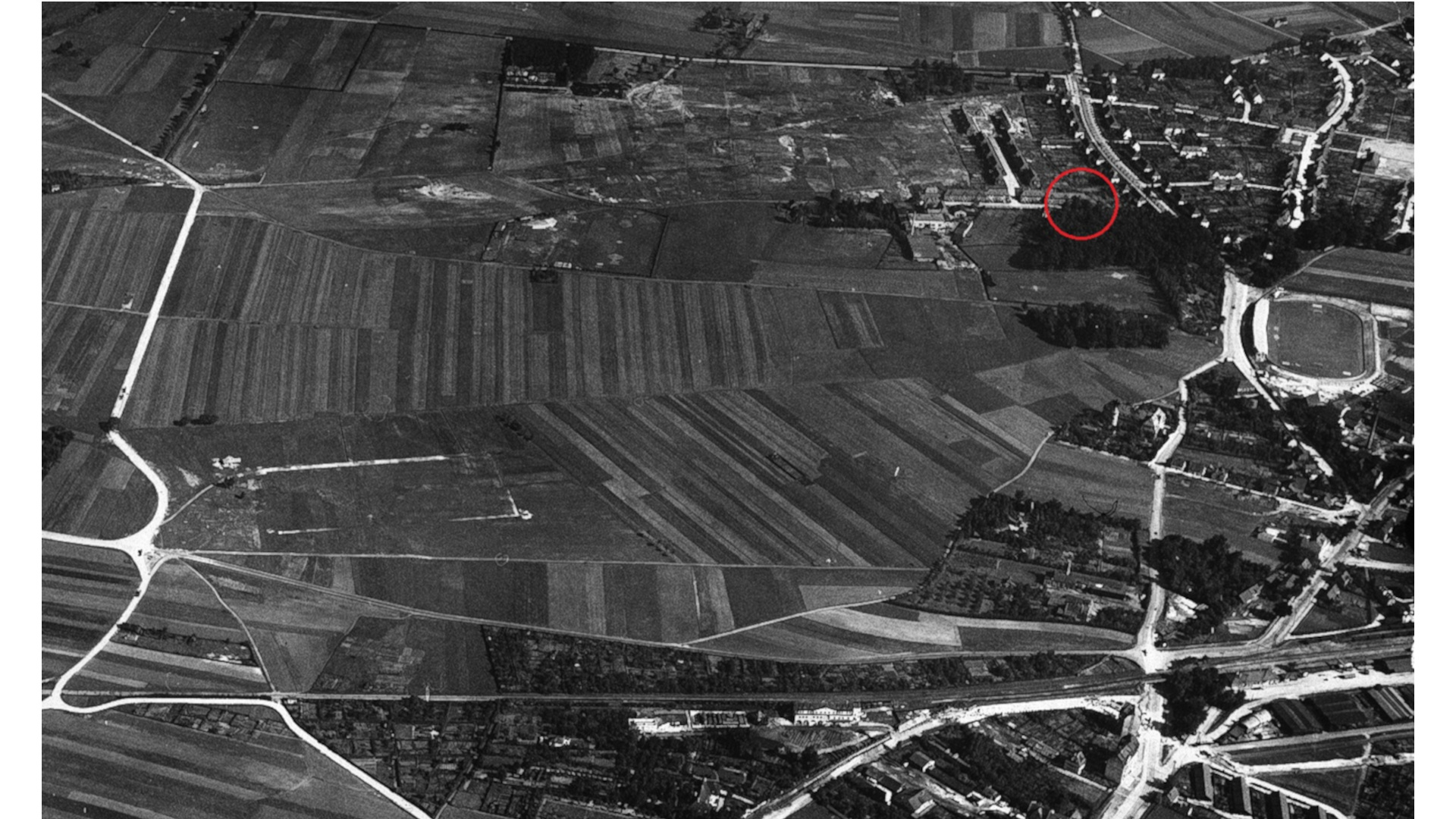| Location of stone: Herrnhüttestrasse 8 | District: Loher Moos |
| Sponsor: Rotary Club Nuremberg Kaiserburg | Laying of stone: 11 June 2021 |
Biography
On 11 June 2021 Gunter Demnig laid six stumbling stones in Nuremberg for victims of National Socialist medical crimes. The victims’ lives were researched by pupils who attended a P-Seminar at Nuremberg’s Hermann Kesten College, led by Dr Maren Janetzko and Dr Pascal Metzger. The project was carried out in cooperation with the history association Geschichte Für Alle e.V. (History for Everyone). To finance the laying of the stones, the seminar participants applied successfully for a donation from Nuremberg’s Rotary Club. One of the biographies reconstructed during the project was that of Grete Gräbner. Diagnosed as having a “hereditary disease”, she was forcibly sterilised.
Margarete (also called Grete) Gräbner was born on 21 July 1912 in Nuremberg. She was the only child of administrative official Friedrich Gräbner and his wife Anna (née Schlez). The family lived in a terraced house at Herrnhüttestrasse 8 in the Loher Moos district.
Grete attended the secondary school for girls (now Labenwolf Grammer School) and the commercial school for girls (today the business school). She then worked as a shorthand typist and office clerk.
Grete suffered from occasional epileptic fits, leading the family doctor to register her in accordance with the “Law for the Prevention of Genetically Diseased Offspring”. Hitler had already enacted the law in July 1933, a few months after coming to power. It was made active at the beginning of 1934. So called “genetic health courts” made the decision whether to sterilise someone, whereby the person concerned was only allowed to make a statement in writing. The proceedings took place in private and those doctors and medical orderlies involved in the sterilisation were sworn to secrecy.
The genetic health court in Erlangen ruled that Grete be sterilised. She and her father used every means at their disposal to change the decision but were unsuccessful. The ambulatory surgery was carried out at the Klinikum Nuremberg hospital on 4 August 1938.
A few months after the end of the Second World War Grete applied to Nuremberg’s public health department to have the surgery reversed. Due to the new legal situation, the authorities raised no objection. However, there is no documentary evidence to show that this surgery was carried out.
Grete Gräbner lived in her parents’ house up until her death. According to the death certificate, she passed away sometime between 27 January and 1 February 1971. It is probable that she lived alone and had no immediate family.





